In recent years, smart toilets have gradually become mainstream in the residential market, becoming an essential component of bathroom upgrades and home comfort improvements. Although the popularity of smart toilets has been much higher in the Asian market than in North America over the past decade, with consumers' increasing emphasis on health, hygiene, and home technology experiences, as well as a renewed recognition of the value of the bathroom as a space for expressing quality of life, smart toilets are entering the standard configuration of mid to high end households and newly-built homes in the United States with a stable and apparent growth trend.
According to the "2024 Bathroom Trends Report" released by the National Kitchen&Bath Association (NKBA), smart toilets with heated seats, automatic flushing, automatic flip, gentle cleaning, and deodorizing functions rank among the top five in demand for home bathroom products in the United States (source: nkba.org). Meanwhile, HomeAdvisor's research shows that approximately 32% of households undergoing bathroom renovation projects are considering or have already installed smart toilets, a significant increase compared to approximately 18% in 2020 (source: homeadvisor.com).
This change clearly points to a trend: bathrooms are evolving from a single functional space to a lifestyle that emphasizes comfort, hygiene, physical and mental well-being, and intelligent technology collaboration, and smart toilets are among the core devices of this trend.
1. Improving hygiene and health standards: Intelligent cleaning is more thorough and gentle than dry wiping
The traditional cleaning method of wiping with toilet paper has always had inherent limitations for hygiene. Research from medical institutions has shown that in populations with sensitive skin, hemorrhoids, and the elderly, washing with water is gentler than wiping with paper and reduces bacterial residue irritation (source: mayoclinic.org). The intelligent toilet is equipped with adjustable temperature and water-pressure cleaning functions, enabling precise, gentle cleaning. At the same time, combined with the warm-air-drying function, it reduces or eliminates the need for paper towels.
For families that have:
pregnant woman
child
elderly people
people with mobility impairments
Individuals with sensitive skin or concerns about intestinal health
The "contactless washing and drying" of smart toilets can significantly improve cleaning quality and user comfort.
In addition, by reducing toilet paper consumption, smart toilets also lower the risk of sewer blockages, which is particularly important for households with outdated drainage systems.
2. Enhance daily user experience: temperature sensing function, automatic sensing, and user-friendly design
One of the first features of smart toilets that caught the attention of consumers was the heated seat. In many regions with long winters and low room temperatures, the heating seat ring significantly improves comfort. The functions of automatic flip-up, automatic flushing when leaving the seat, and proximity-sensing night light reflect the convenience and technological sophistication of smart toilets in practical use.
For example, when using the bathroom in the middle of the night, the intelligent toilet automatically turns on soft lighting, eliminating the need to turn on the ceiling light and avoiding light stimulation of sleep rhythms, which meets the needs households for a "quiet and non-disruptive nighttime environment".
For busy working families, the convenience and exquisite user experience these experiential features offer far exceed the capabilities of traditional bathroom products.

3. Water conservation and environmental value: a more sustainable way of using water
According to the US Environmental Protection Agency (EPA) household water-saving guidelines, dual-flush and automatic quantitative-flushing systems in smart toilets can significantly reduce water waste (source: epa.gov). Traditional toilets consume about 3.5 gallons per flush, while smart toilets can intelligently adjust water volume based on the amount of sewage in automatic mode. Some models can use as little as 1.1-1.6 gallons per flush.
This not only reduces water waste but also indirectly lowers household water bills, which aligns with the current popular concept of sustainable living in the market.
It is worth noting that the environmental benefits of reducing toilet paper use cannot be ignored. Data shows that the annual consumption of wood used to manufacture toilet paper in the United States remains significant (source: statista.com). Smart toilets improve the structure of resource consumption at the source by reducing tissue dependence.
4. Contactless bathroom: the trend of healthy home in the post-pandemic era
After COVID-19, American consumers have significantly increased their awareness of home hygiene and prevention of bacterial transmission. The smart toilet adopts:
auto-flip cover
automatic flushing
Anti-splash and antibacterial coating ceramics
Self-cleaning spray bar system (UV sterilization or high-temperature rinsing)
It can reduce hand contact, lower the risk of cross-infection, and better align with the lifestyle trends of the post-pandemic era.
Multiple home furnishing chain retail brands have positioned smart toilets as the core device of their "touchless bathroom systems" in the bathroom display area, demonstrating their trend value from a market layout perspective.
5. Accessibility support for an aging society
The trend of an aging population in the United States continues to deepen. According to the 2023 data from the Census Bureau, the proportion of people aged 65 and above is increasing year by year (source: census.gov). Smart toilets have important auxiliary significance for the elderly population:
No need to bend down to adjust position
No need to repeatedly stand or rotate the body to wipe
Washing and drying reduce skin discomfort and the risk of infection.
For families with elderly members, postoperative rehabilitation, or restricted mobility, smart toilets are home care devices rather than "luxury goods".
6. Future trend prediction: Intelligent bathroom systems will move towards integration, interconnectivity, and self-maintenance capabilities
The main development directions of the innovative toilet industry in the next 3-5 years include:
Intelligent air quality monitoring and automatic deodorization system
Linkage with smart home voice systems (such as Alexa/Google Home)
Automatic water quality detection and self-cleaning capability improvement
The integrated design without a water tank is further popularized.
According to market analysis from The Freedonia Group, the market for smart toilets and innovative bathroom systems is expected to grow by over 65% by 2028 (source: Freedoniag.com).
This means that smart toilets will no longer be exclusive to high-end residences but will gradually become mainstream choices in home decor.
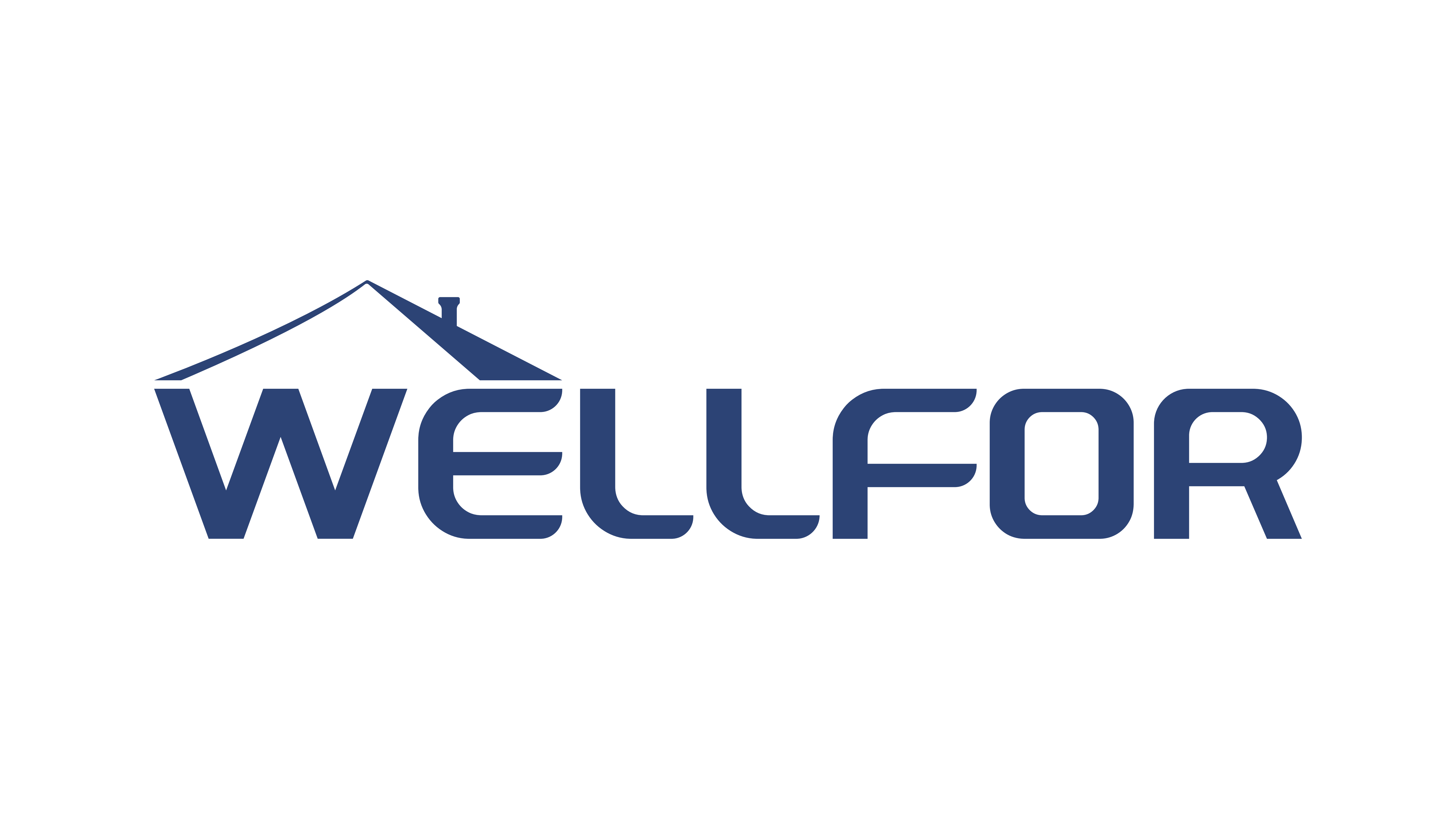
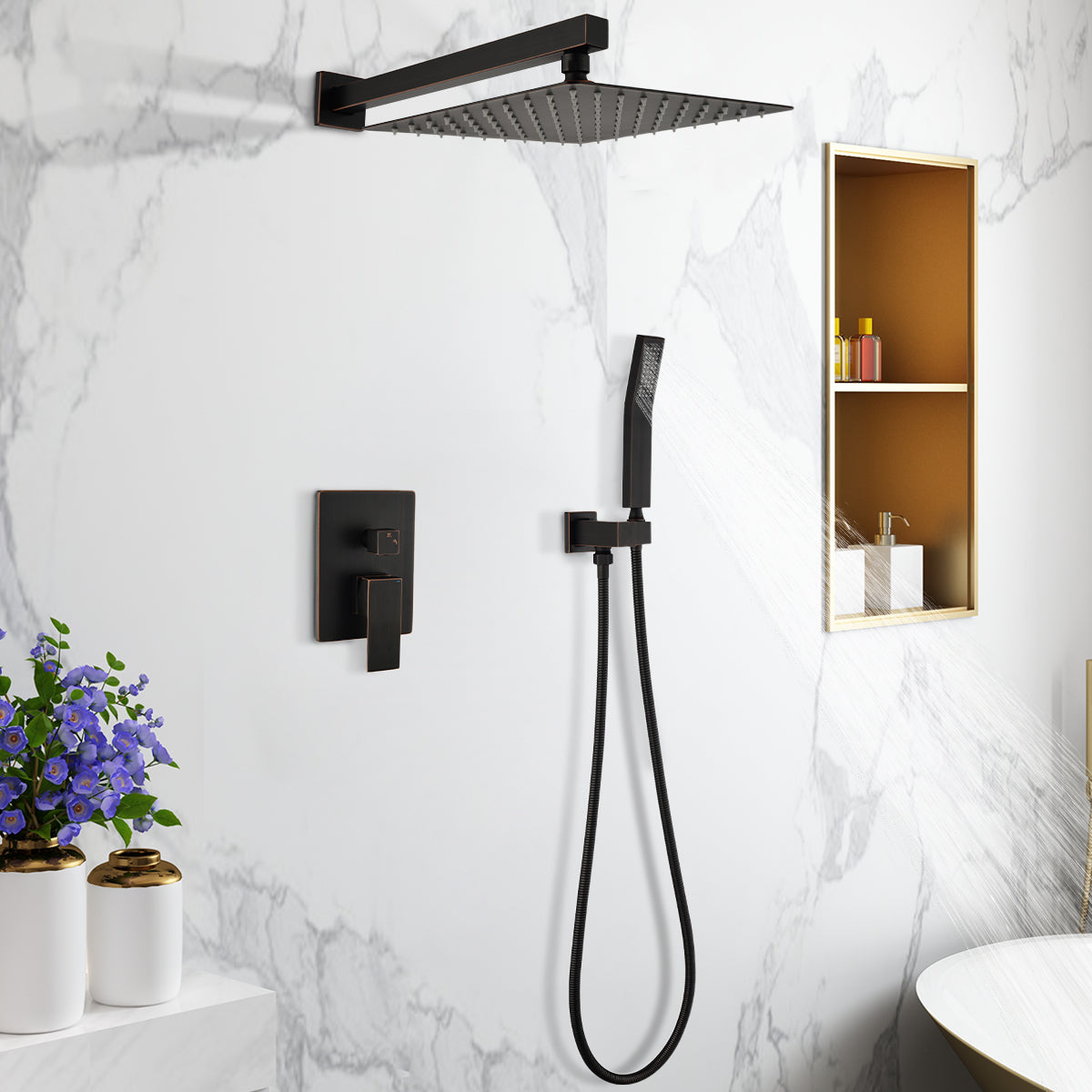






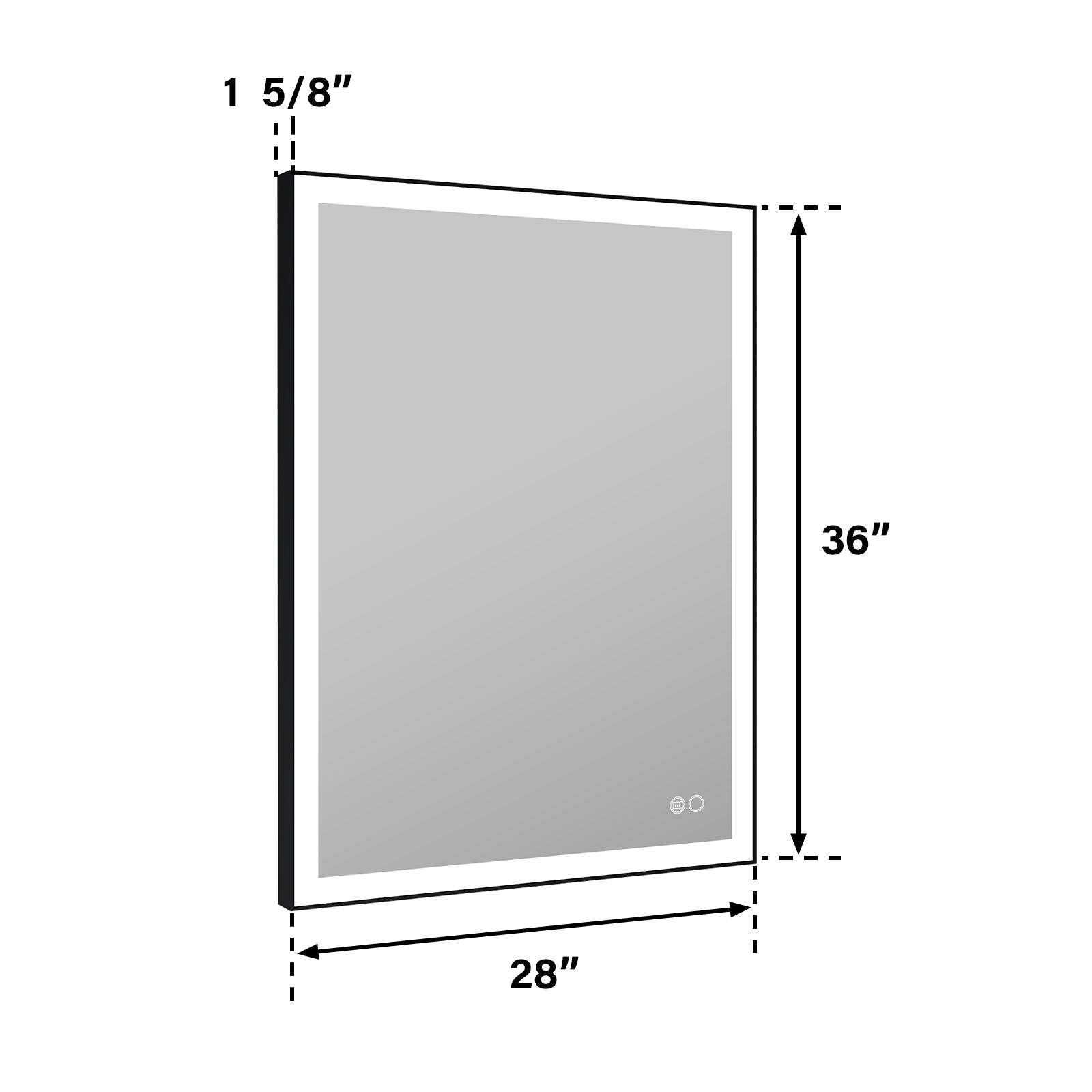

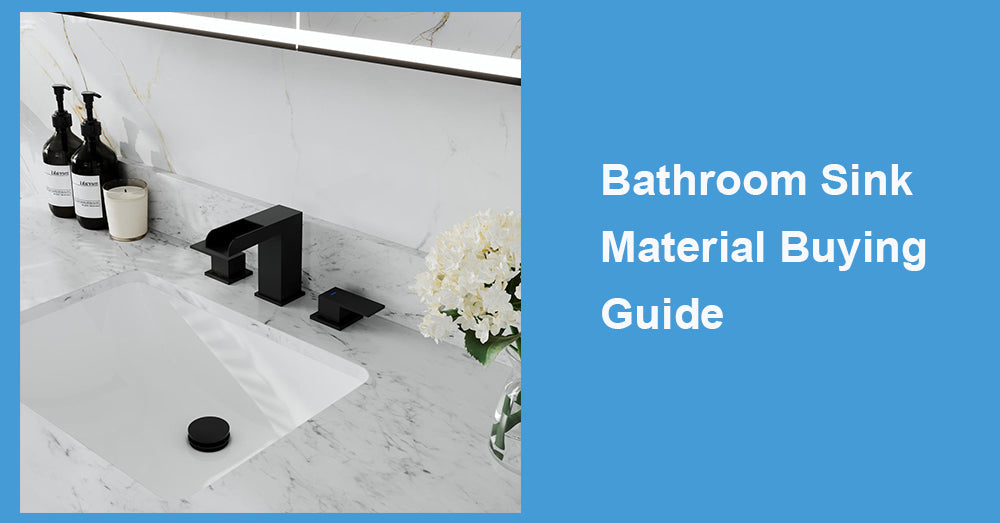

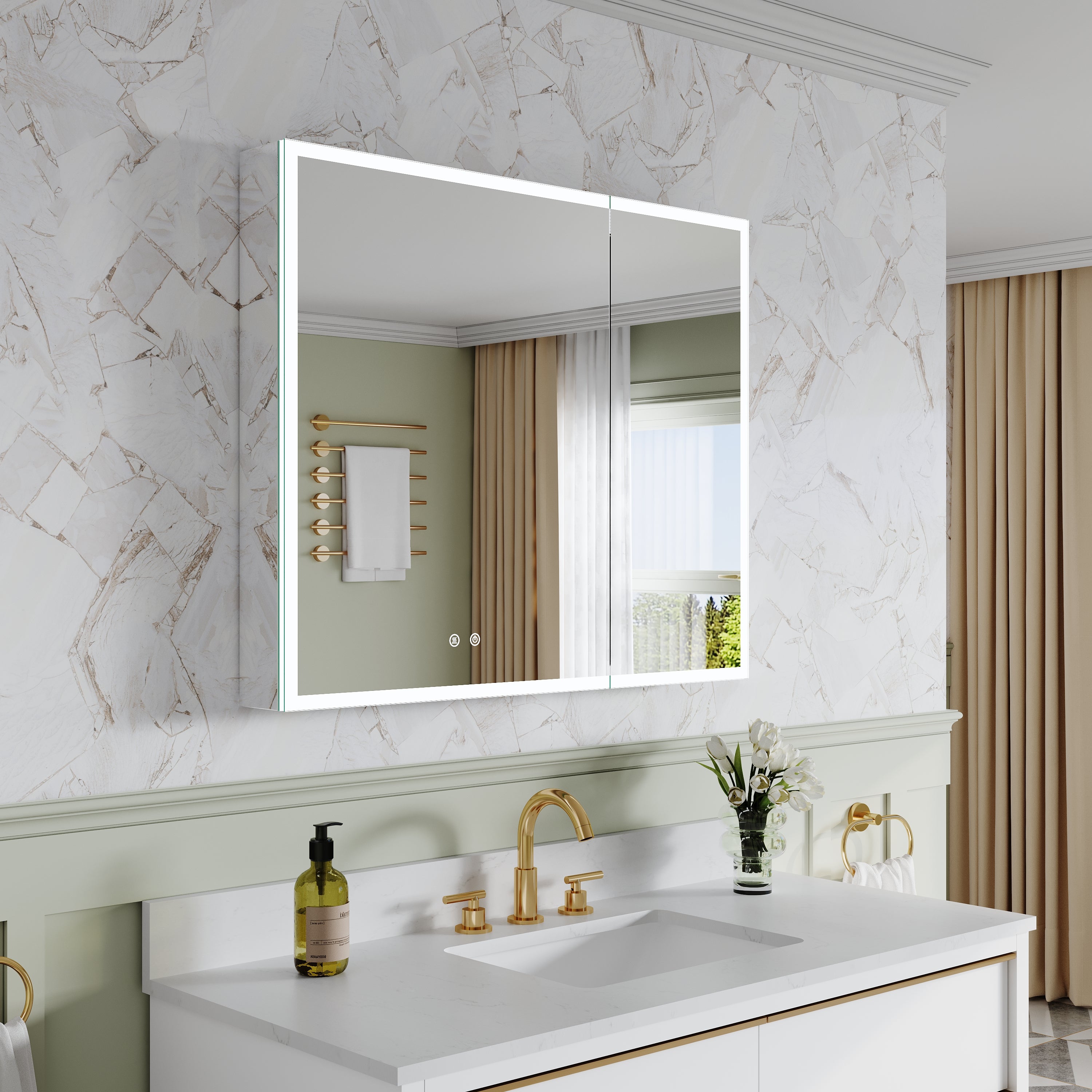
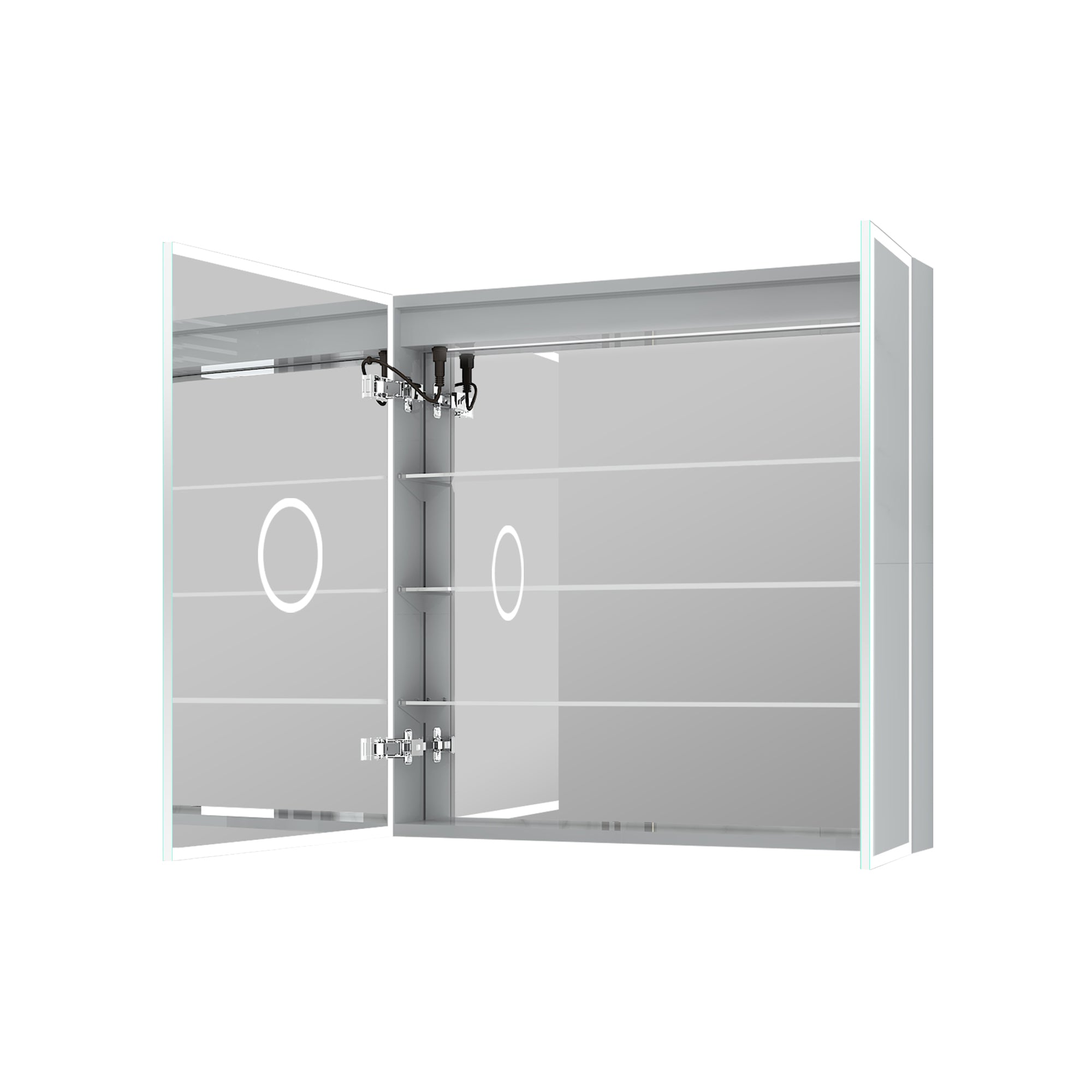
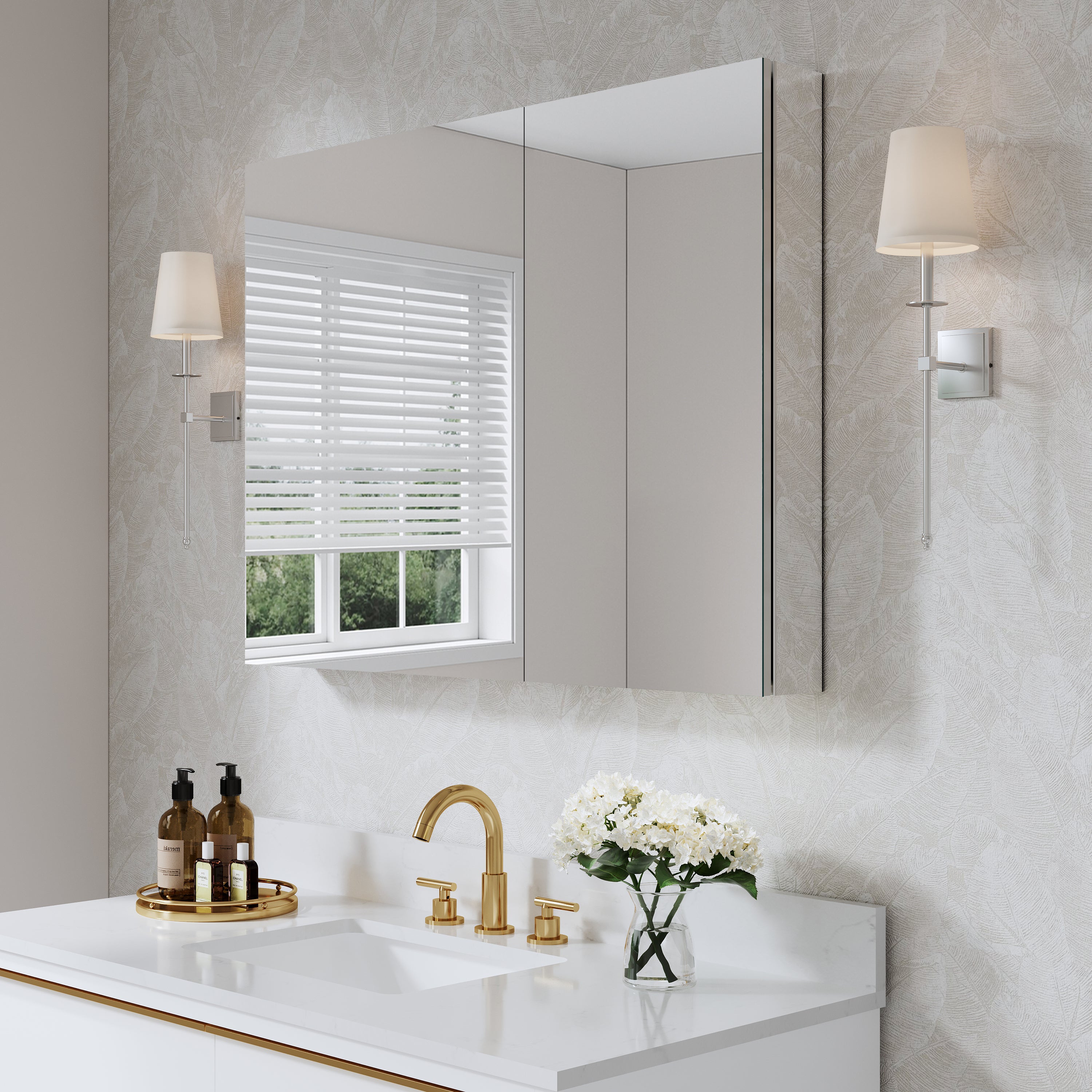

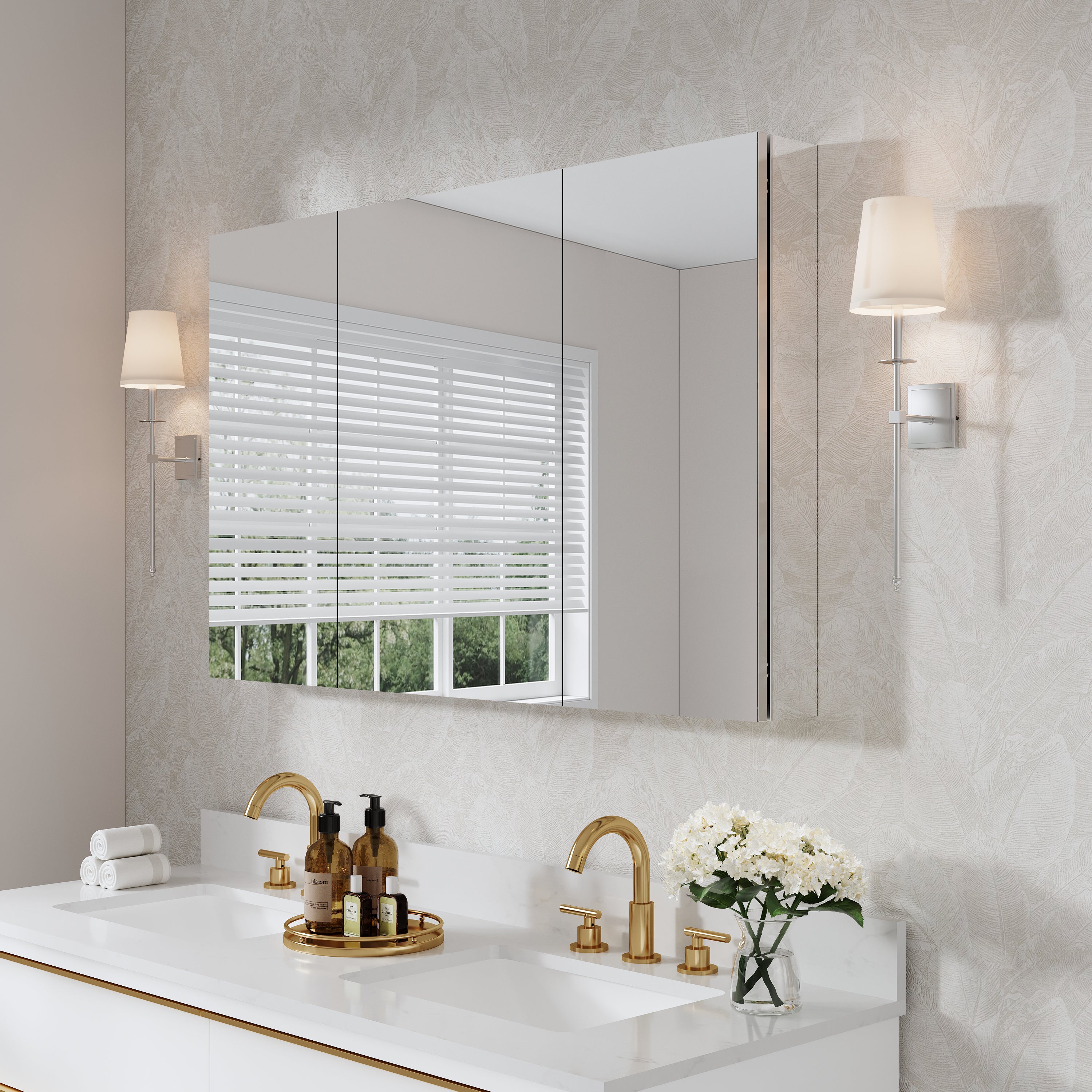
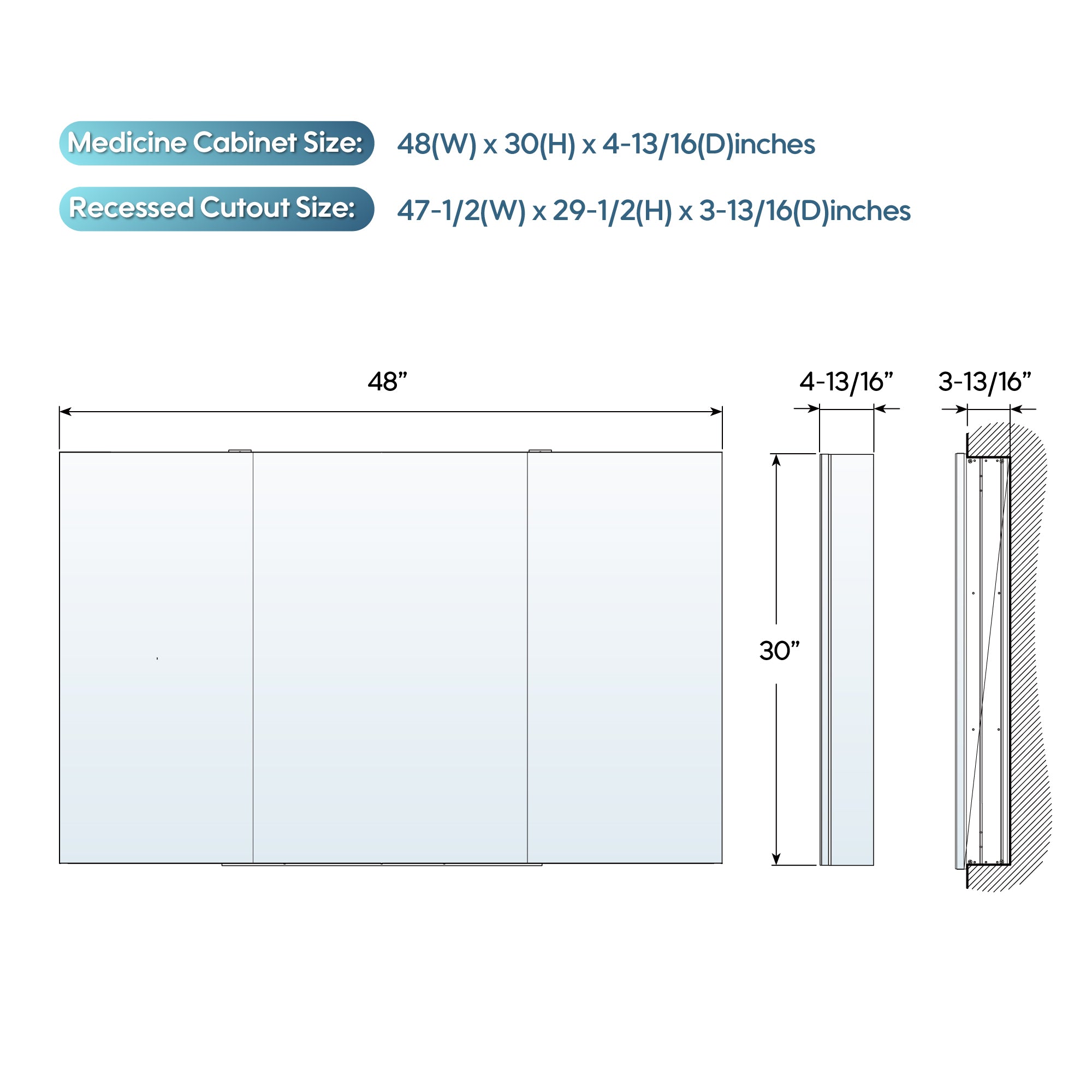

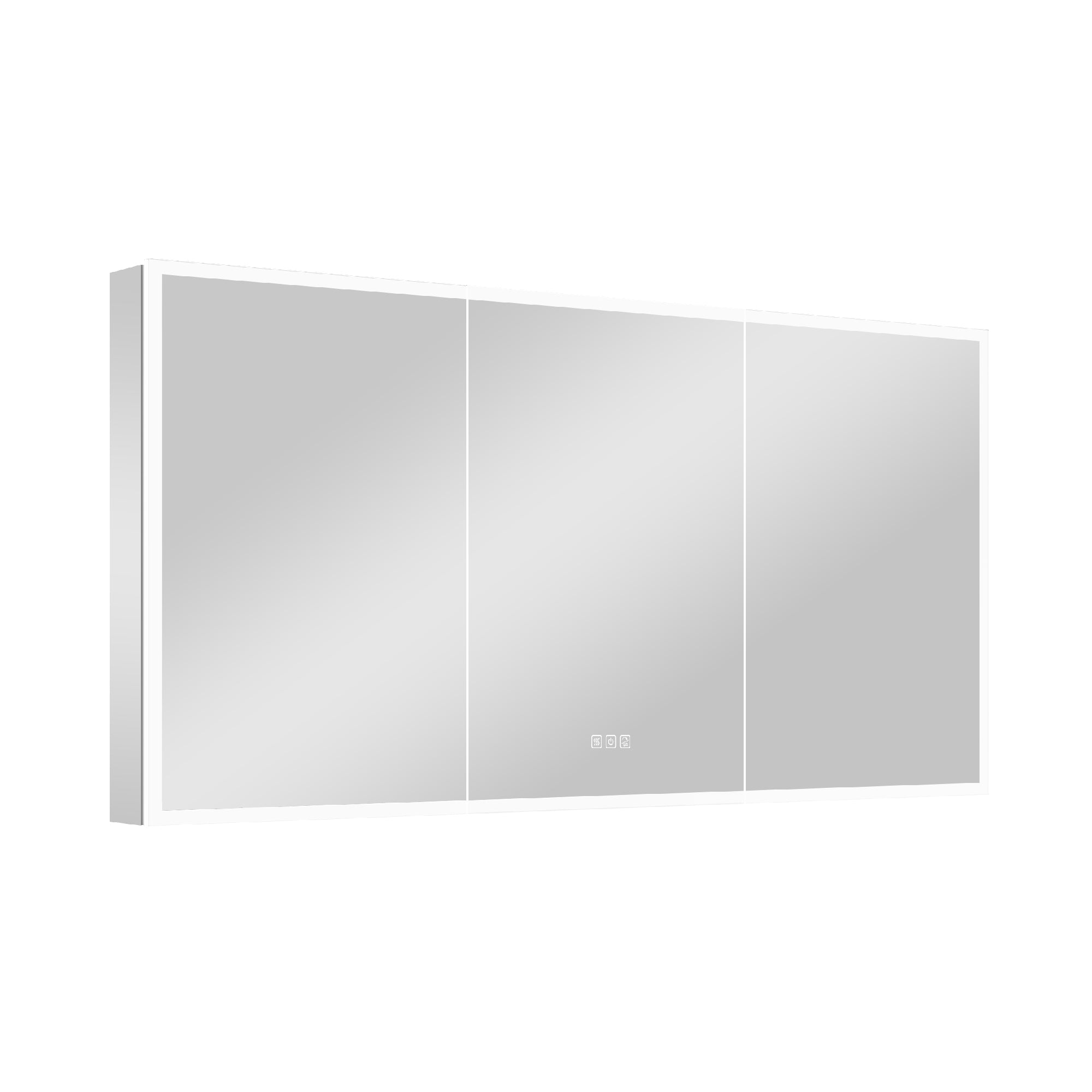
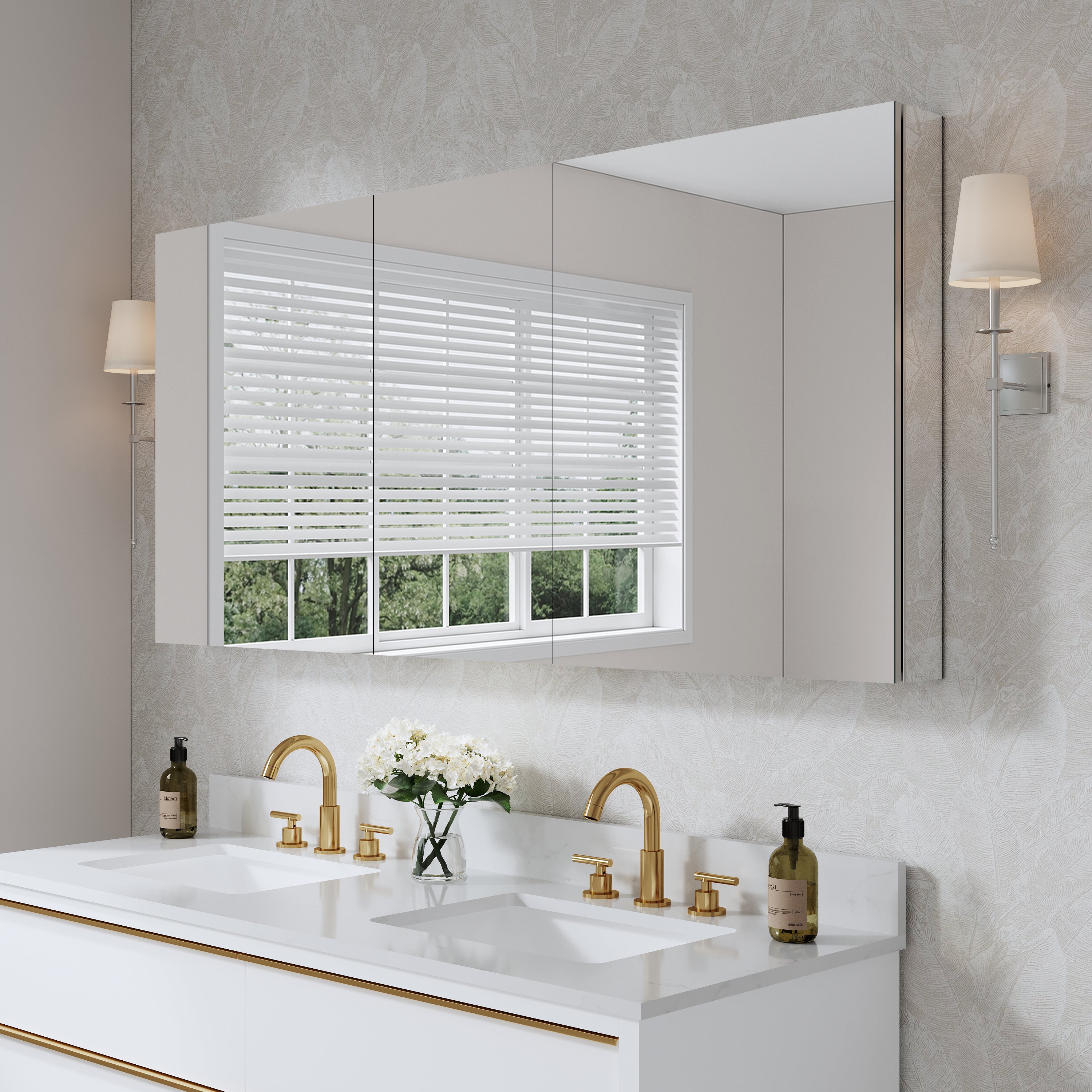




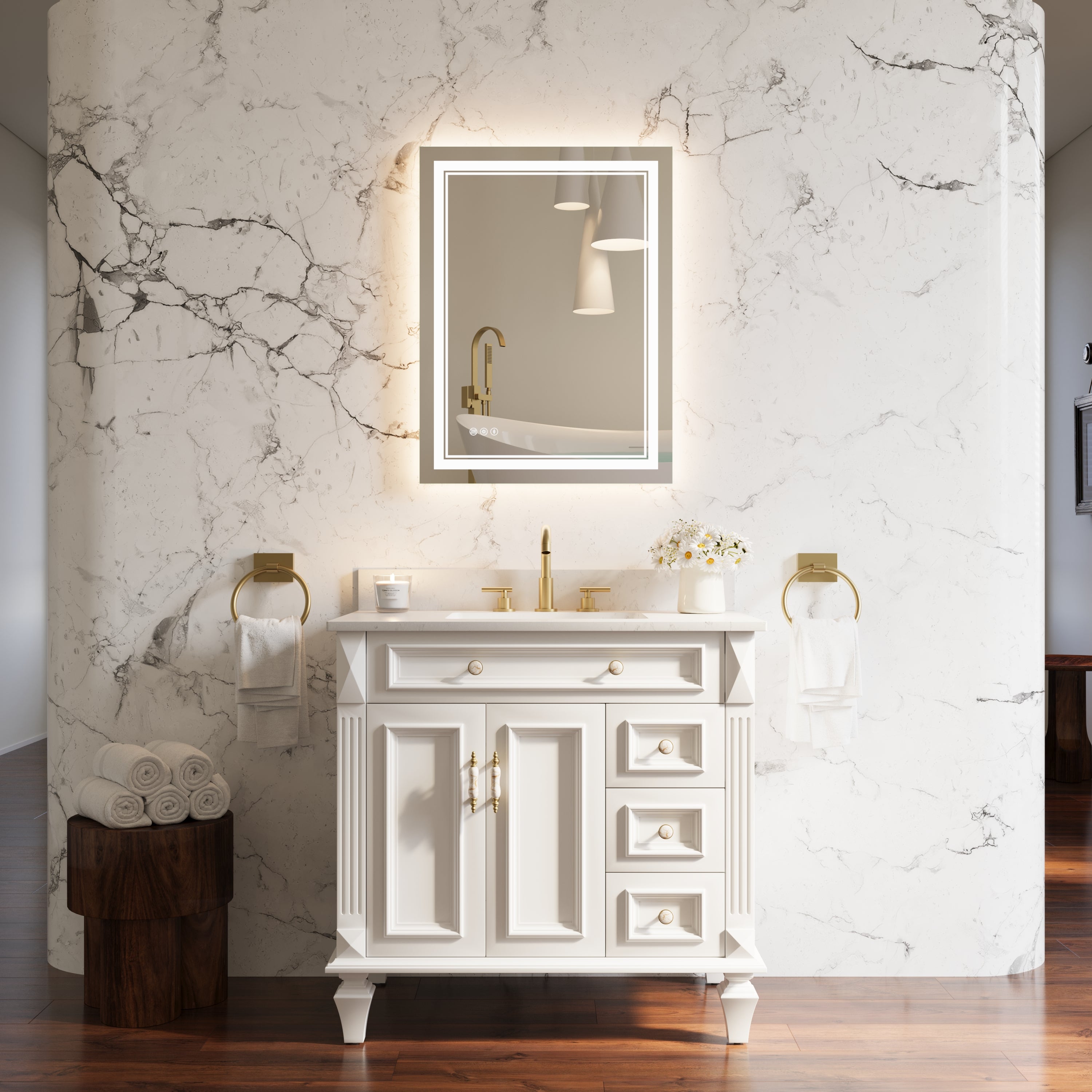
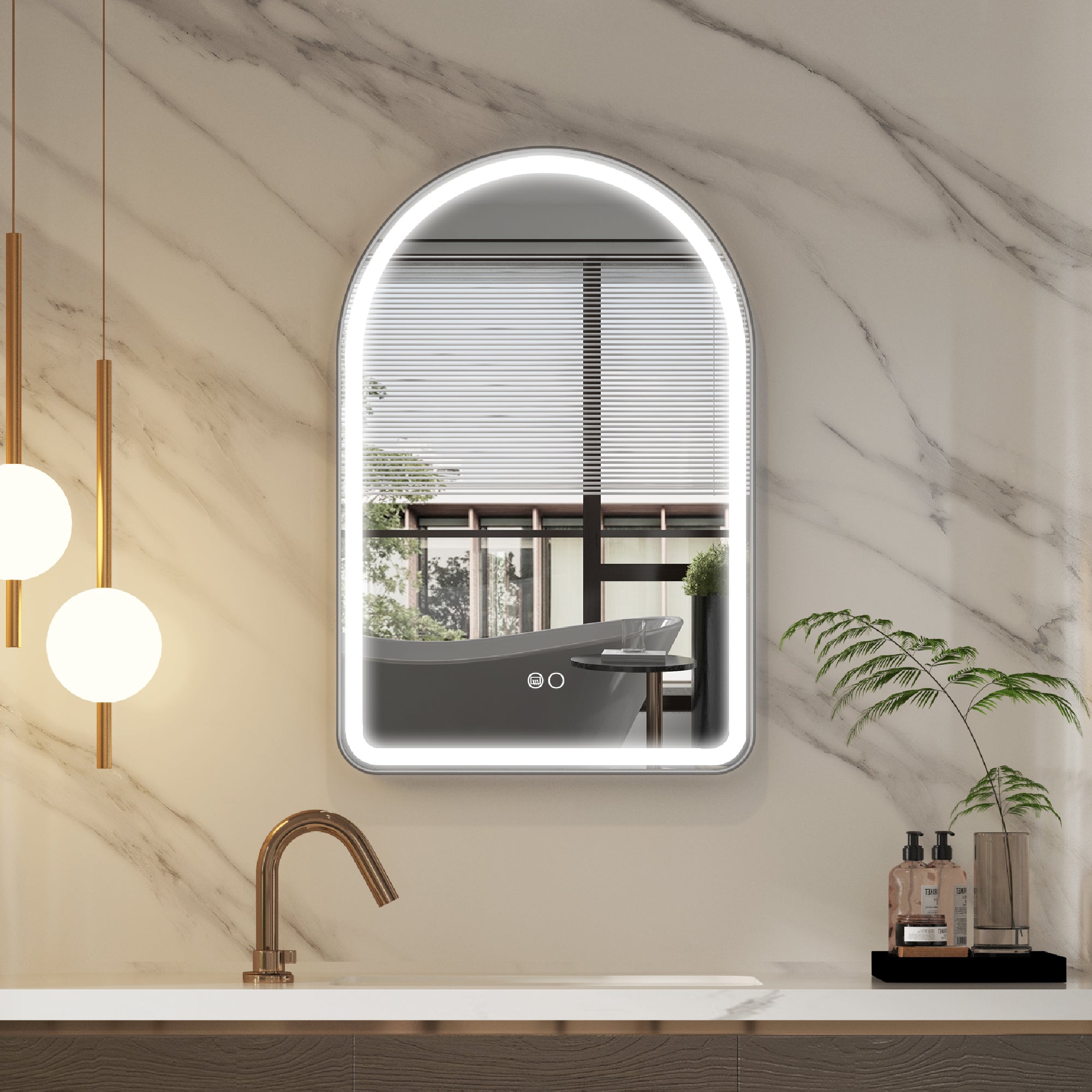
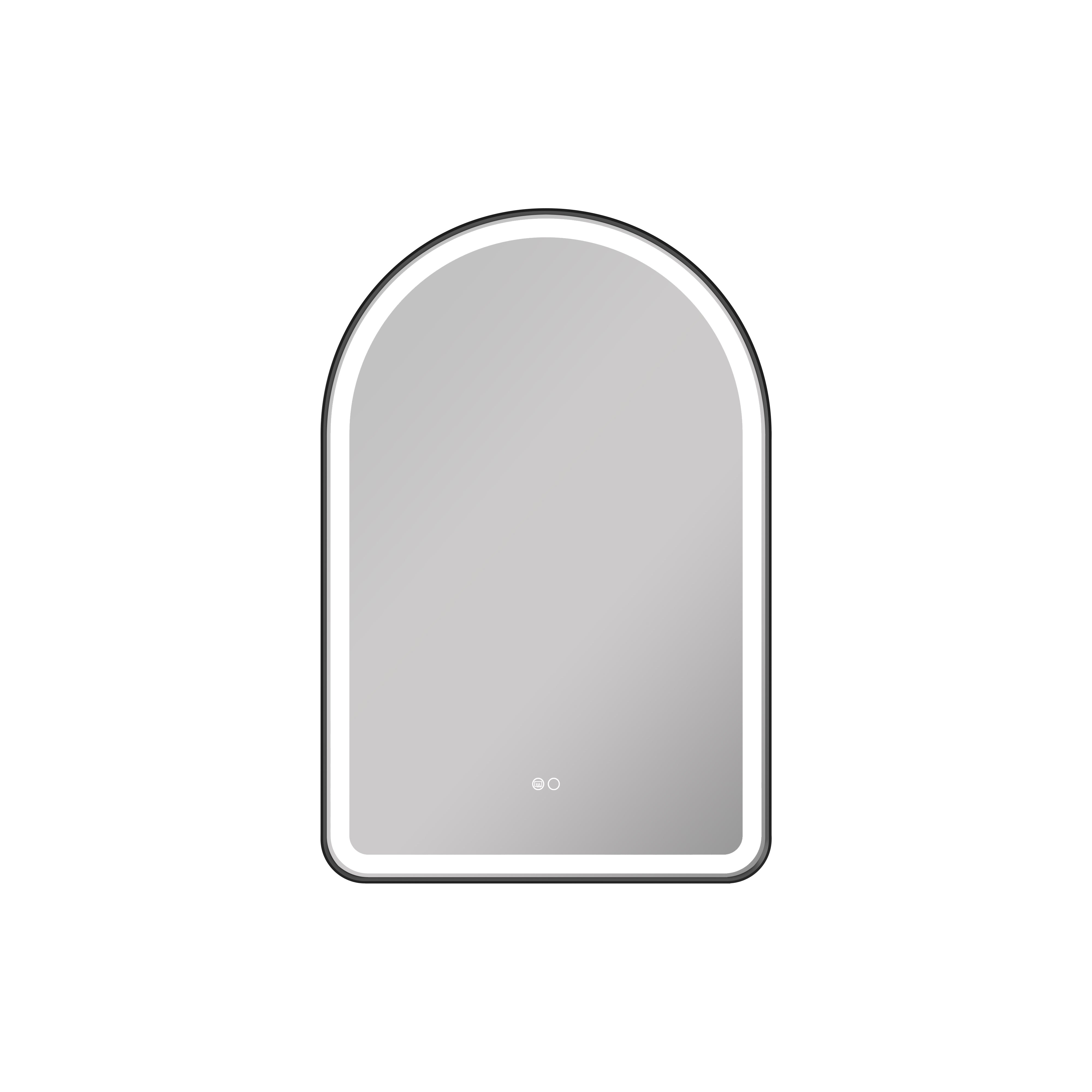

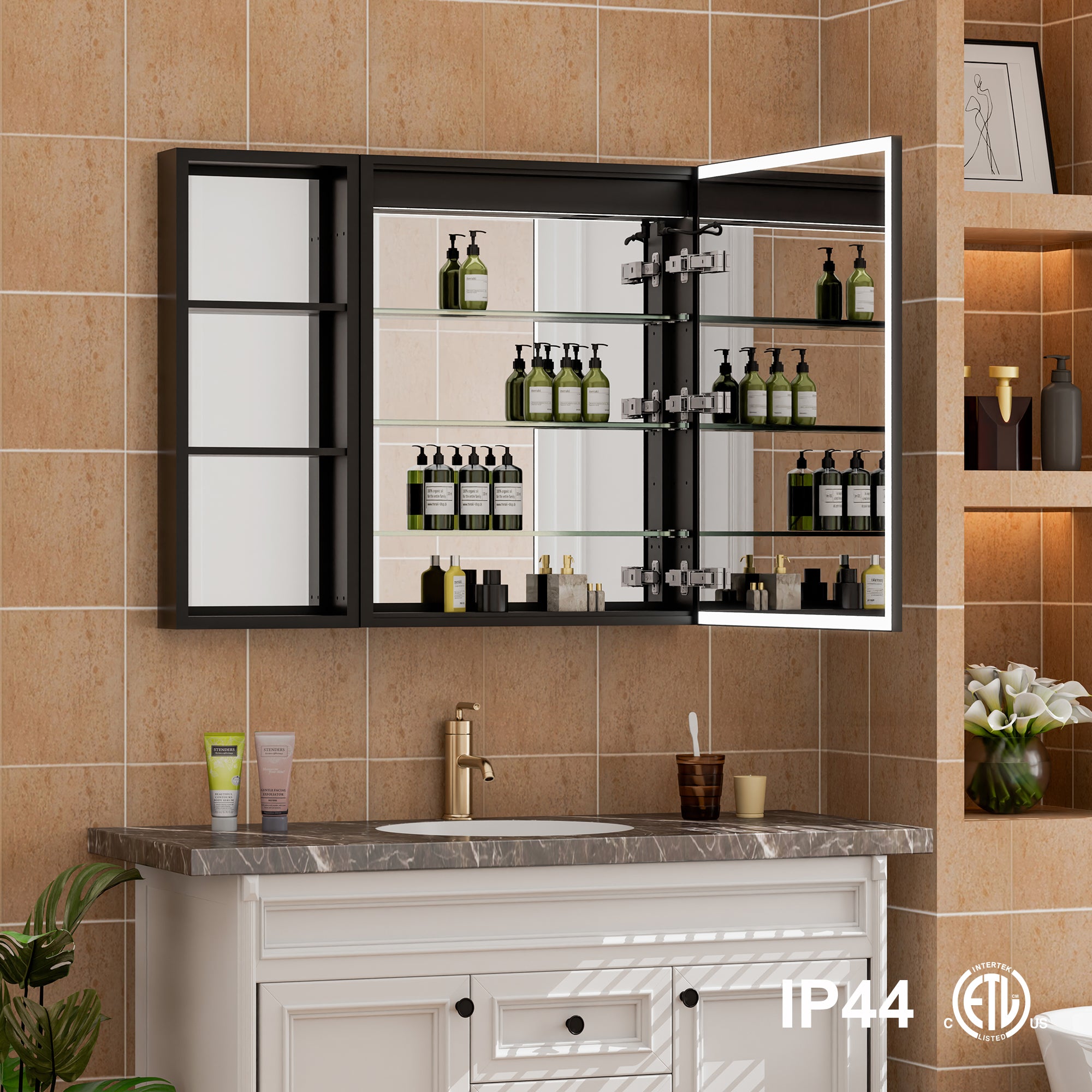
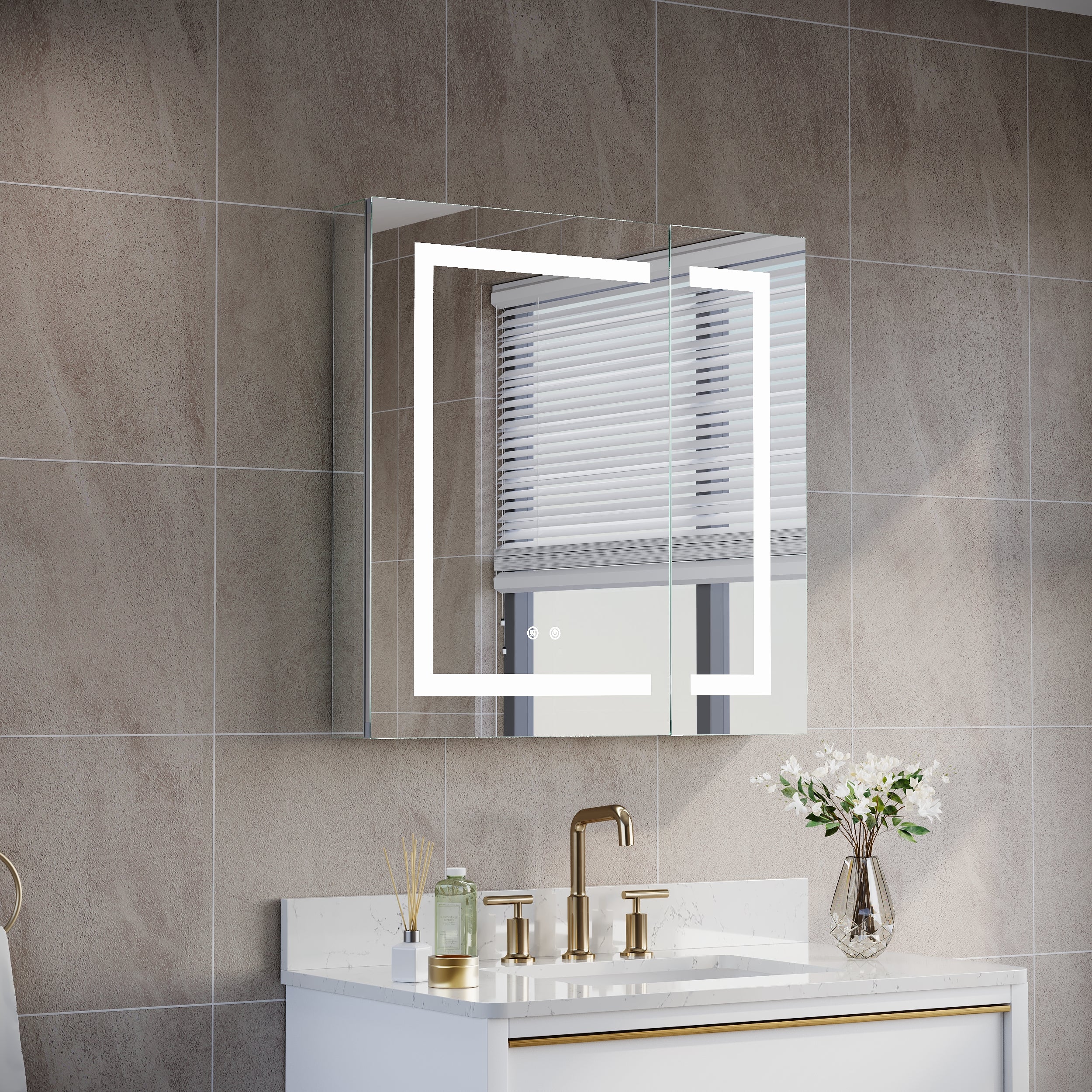
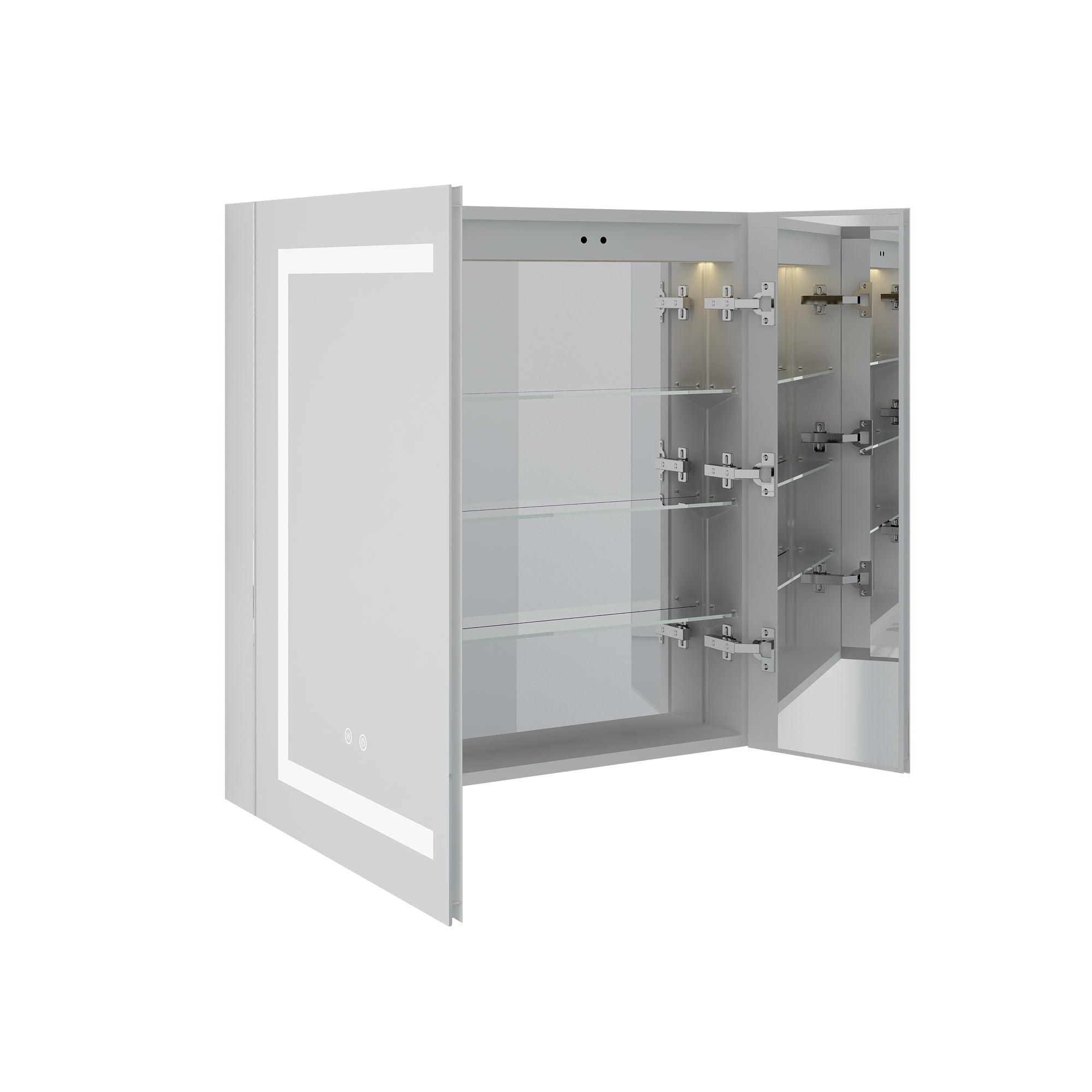
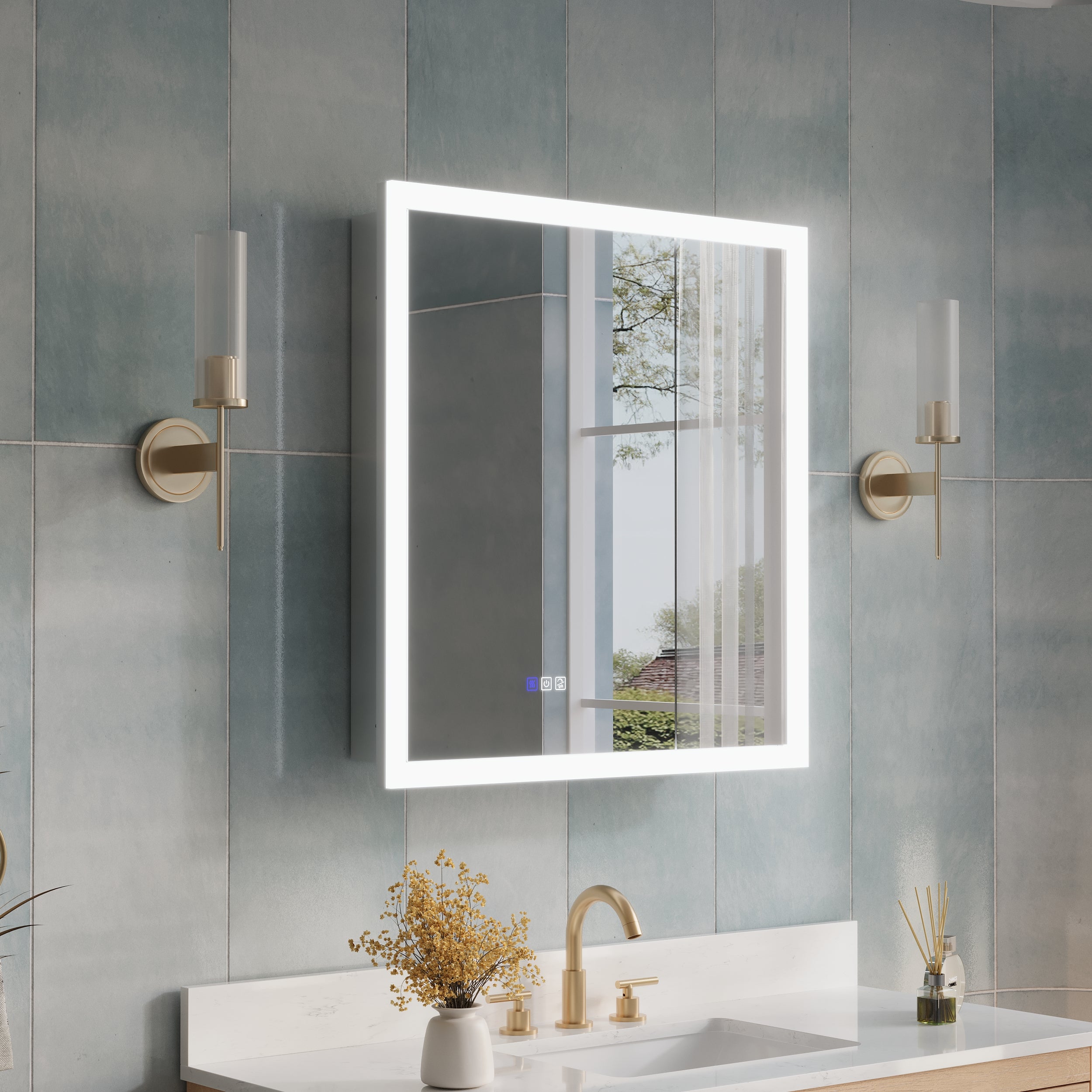
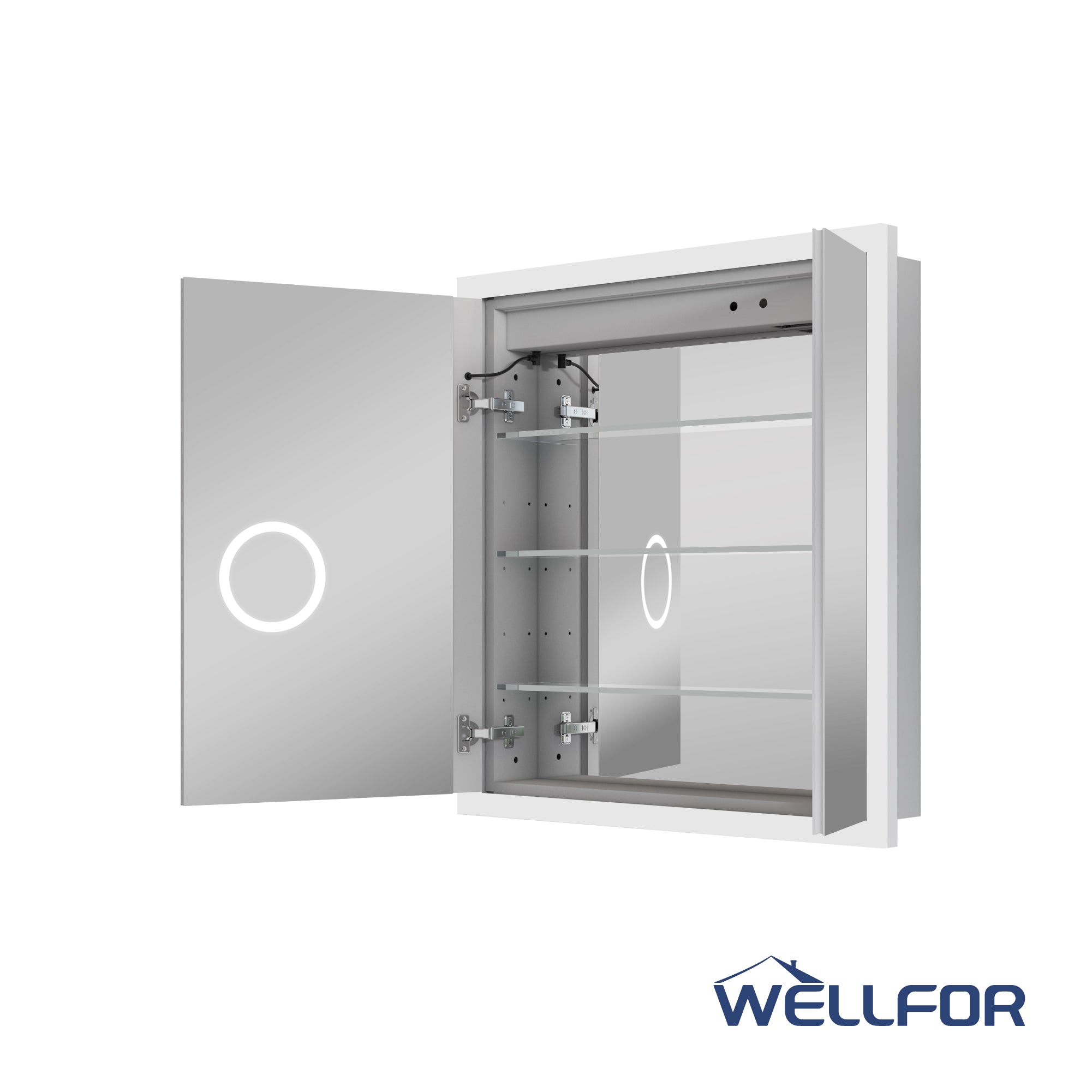
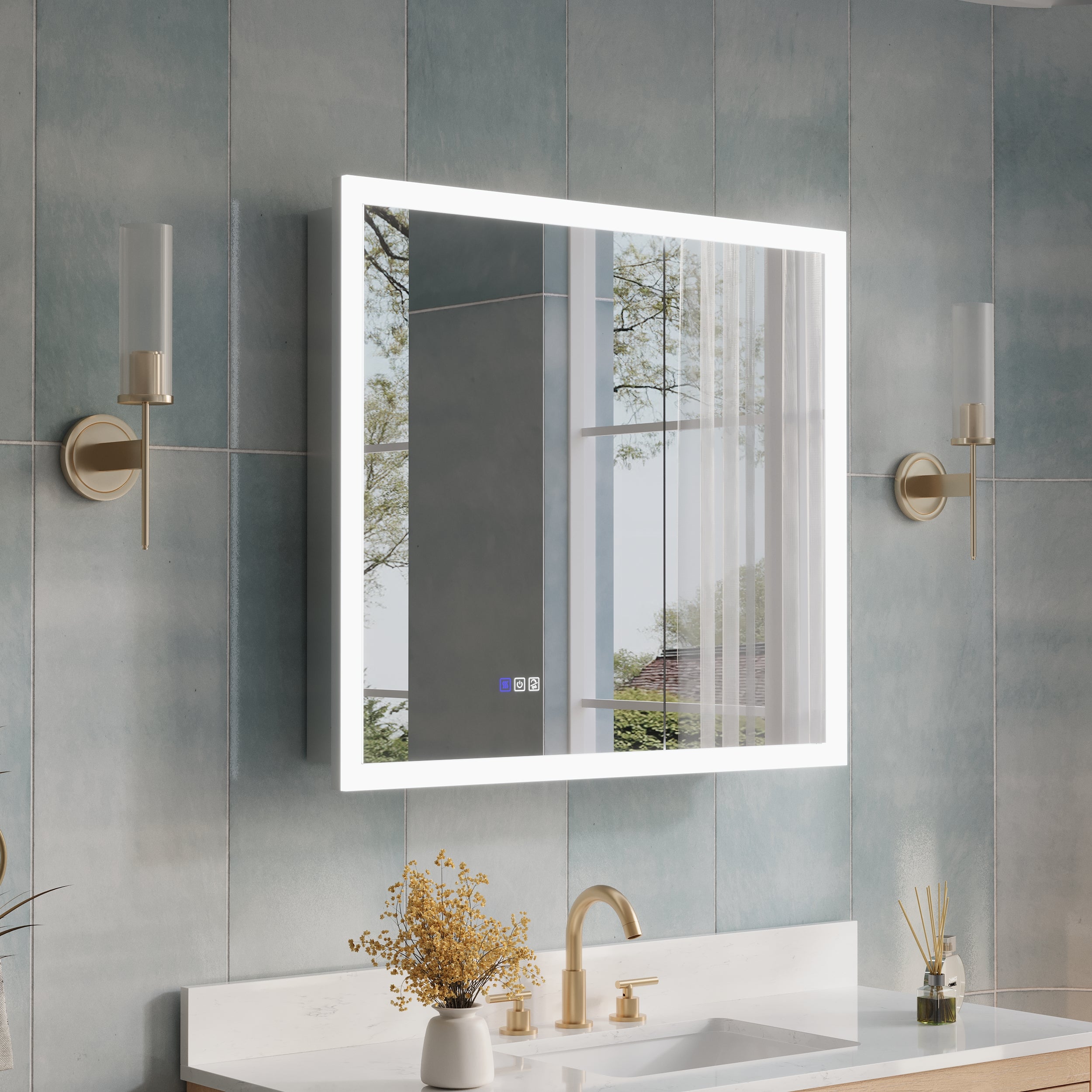

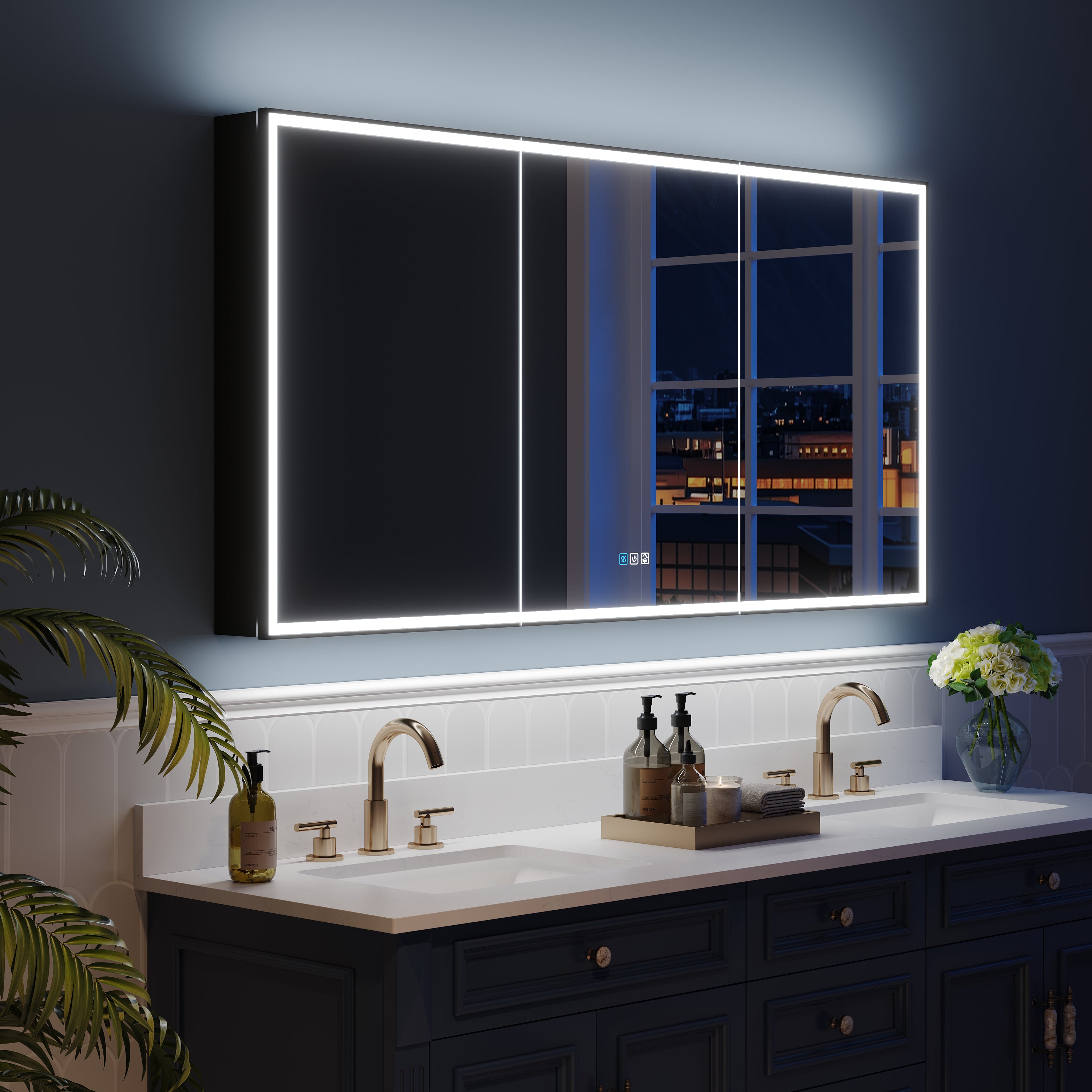
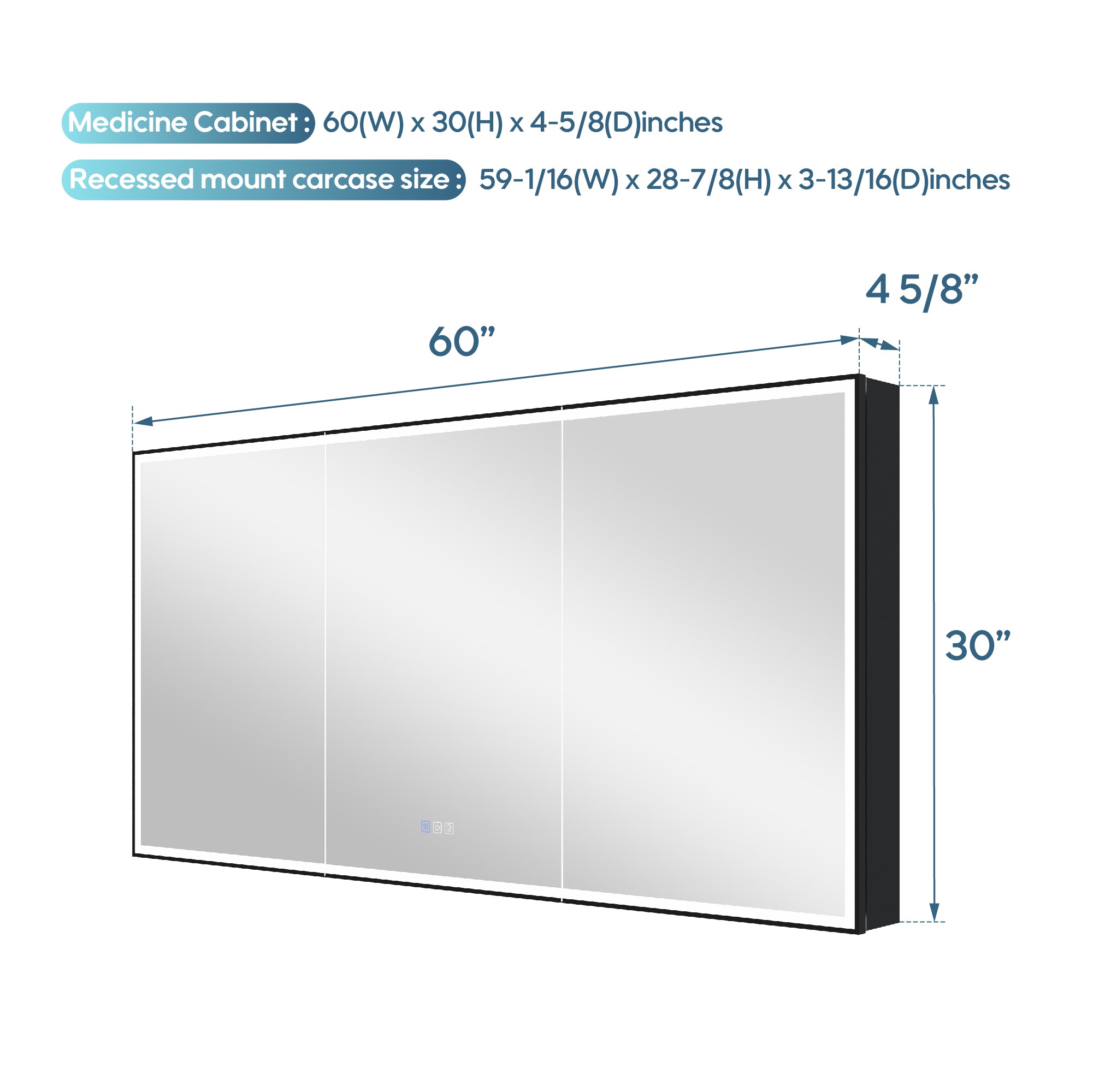
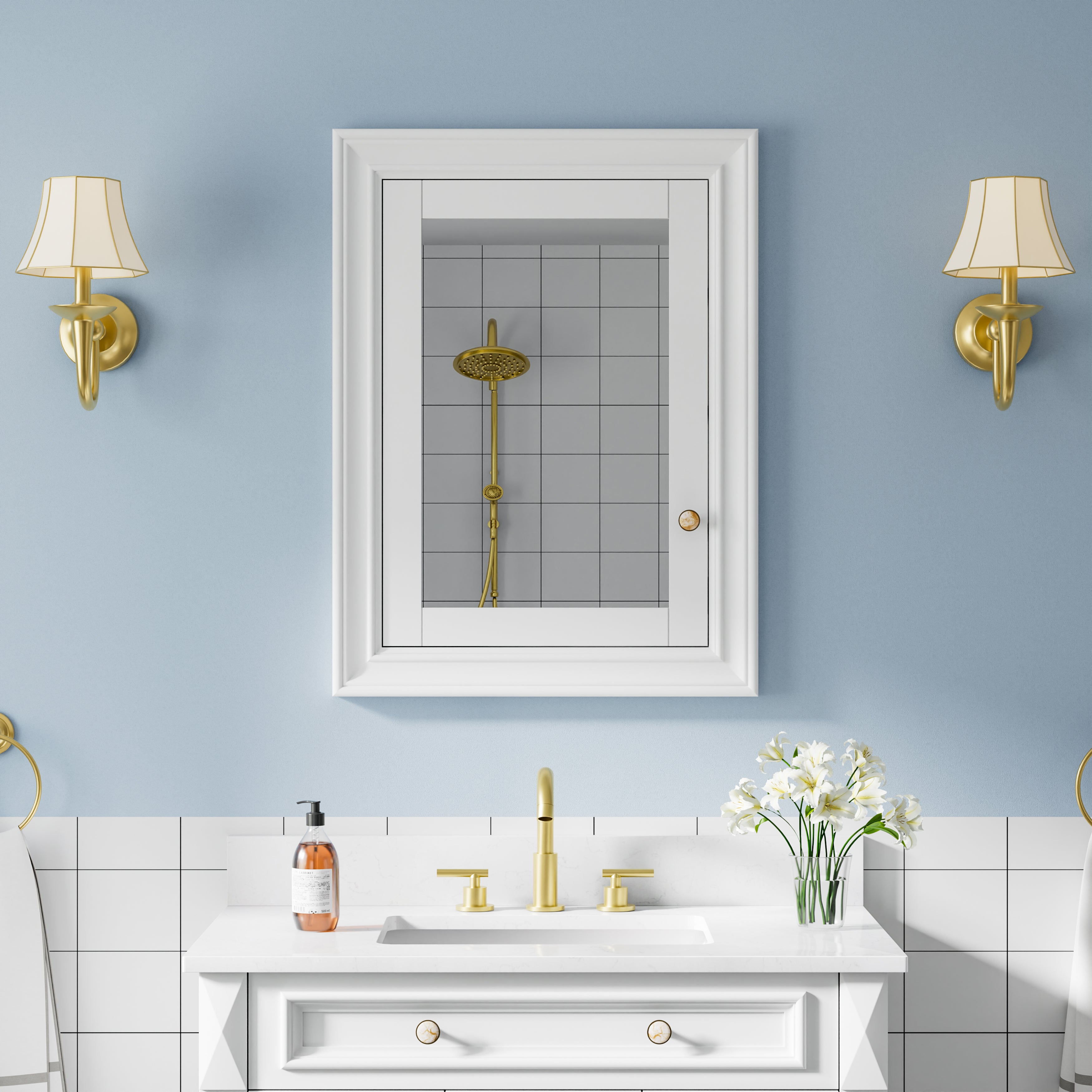


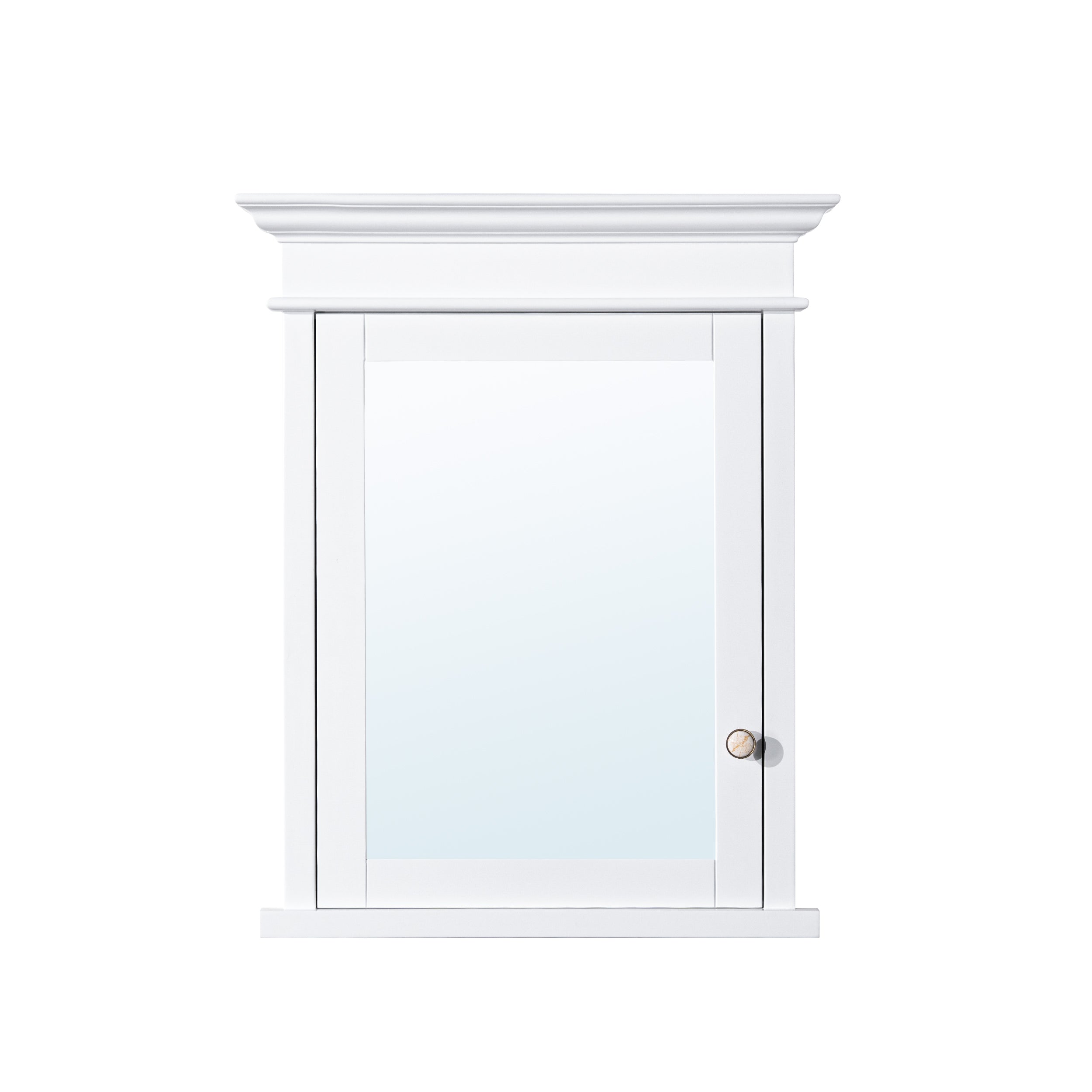

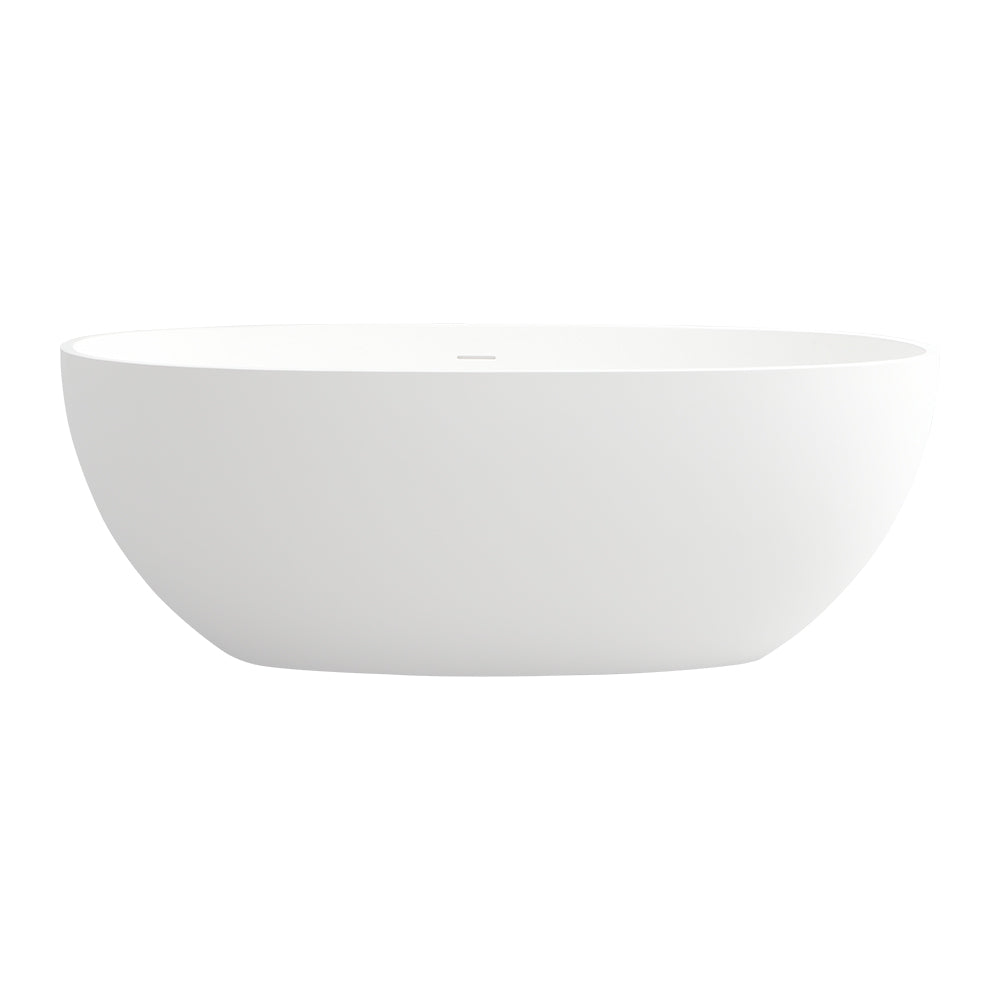


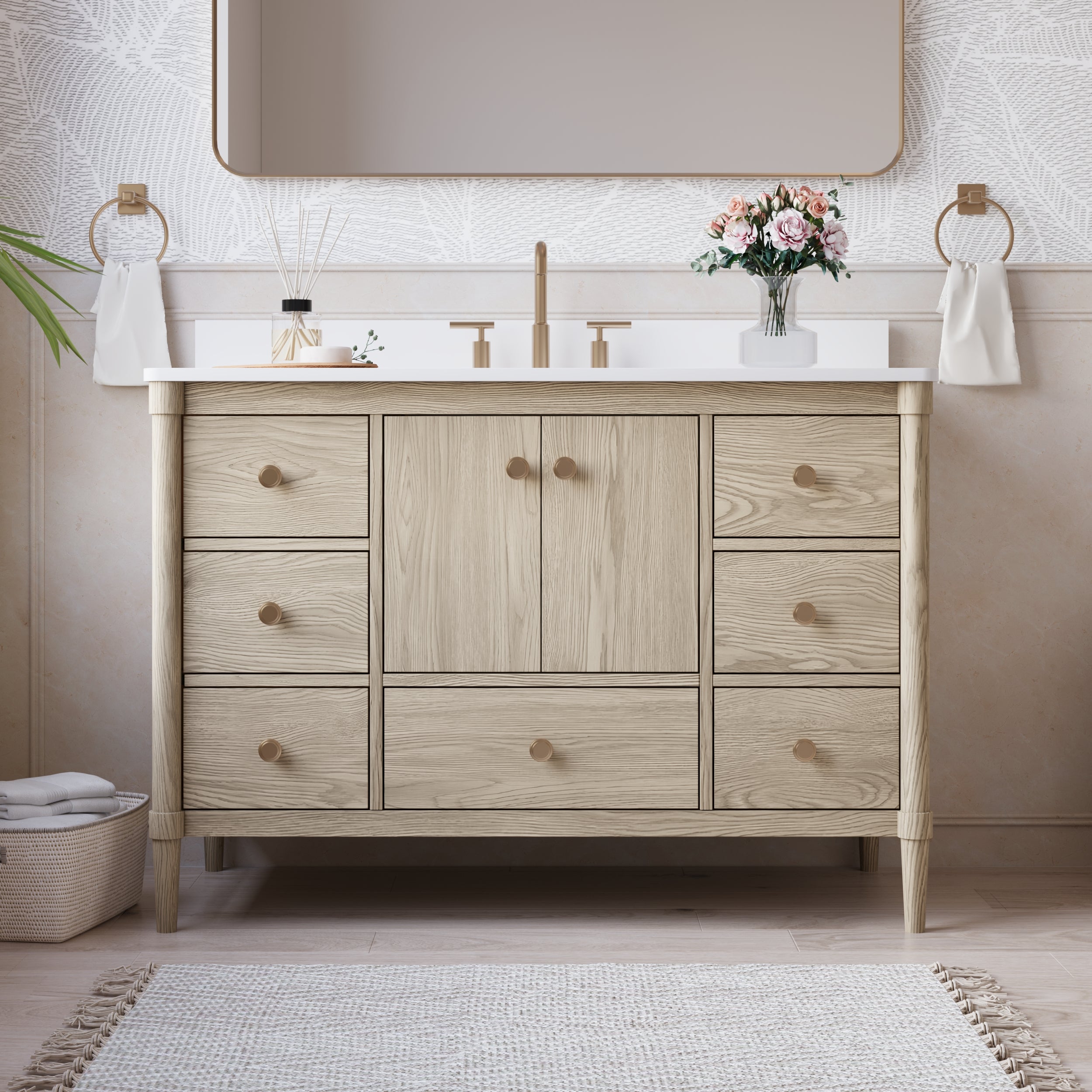
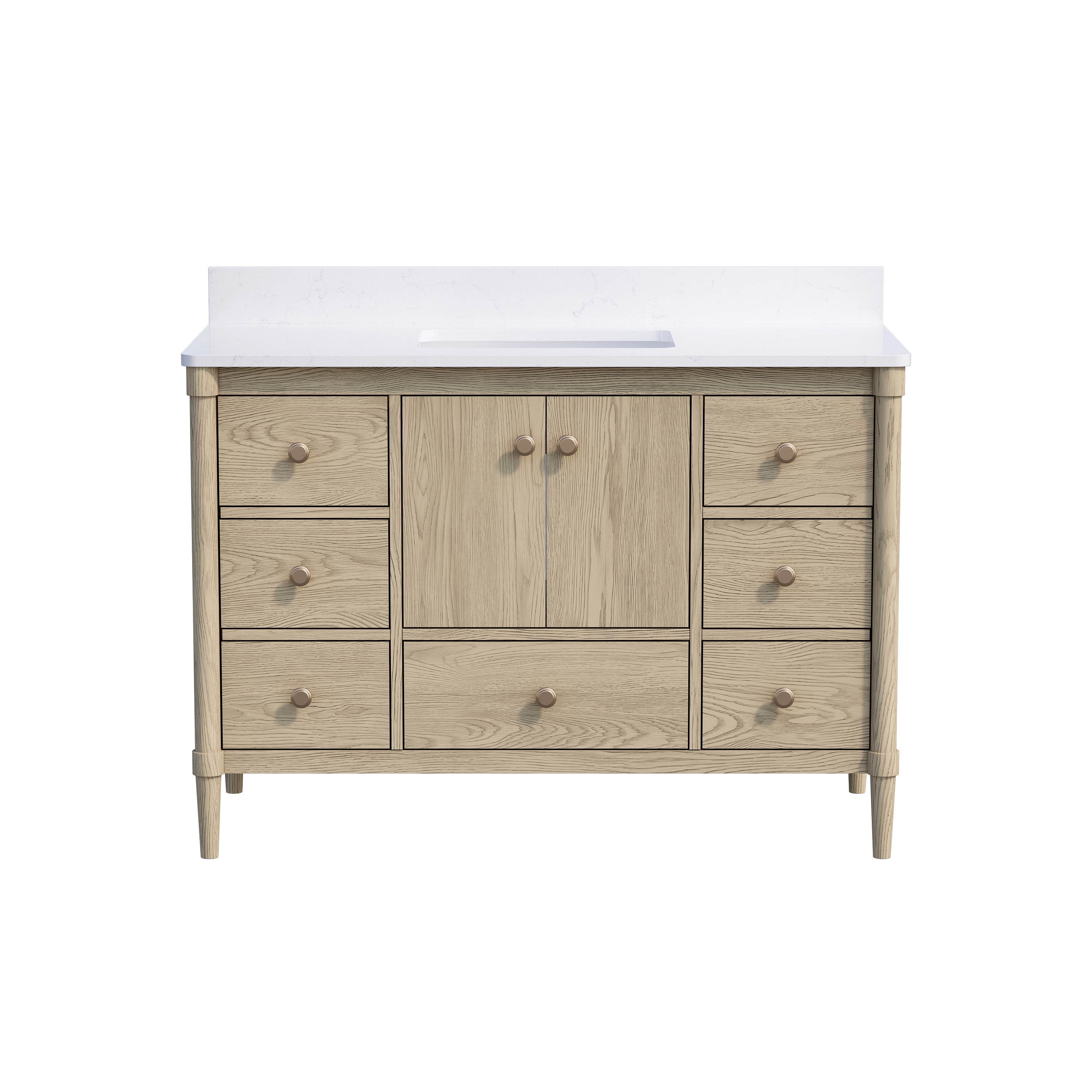
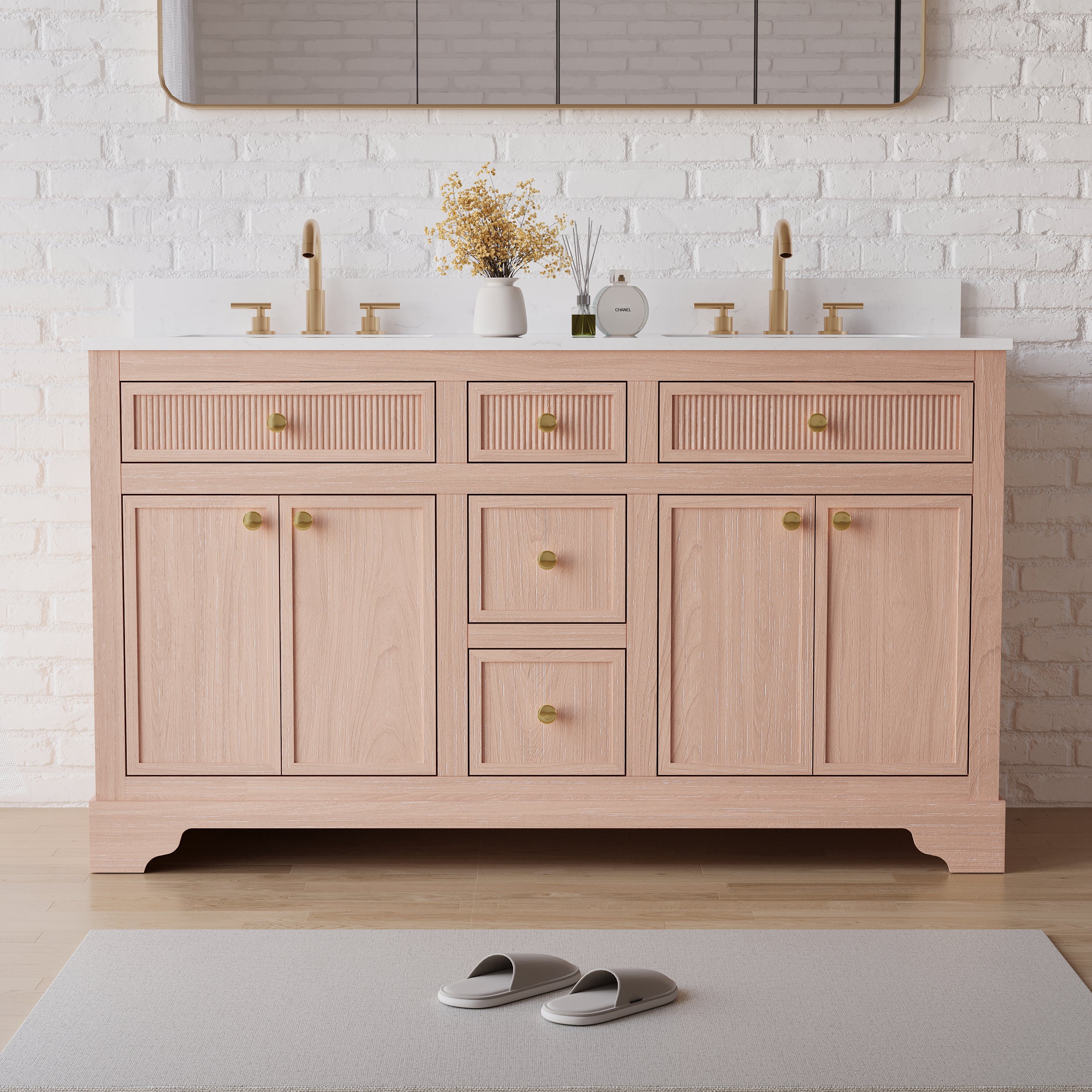



Leave a comment
This site is protected by hCaptcha and the hCaptcha Privacy Policy and Terms of Service apply.